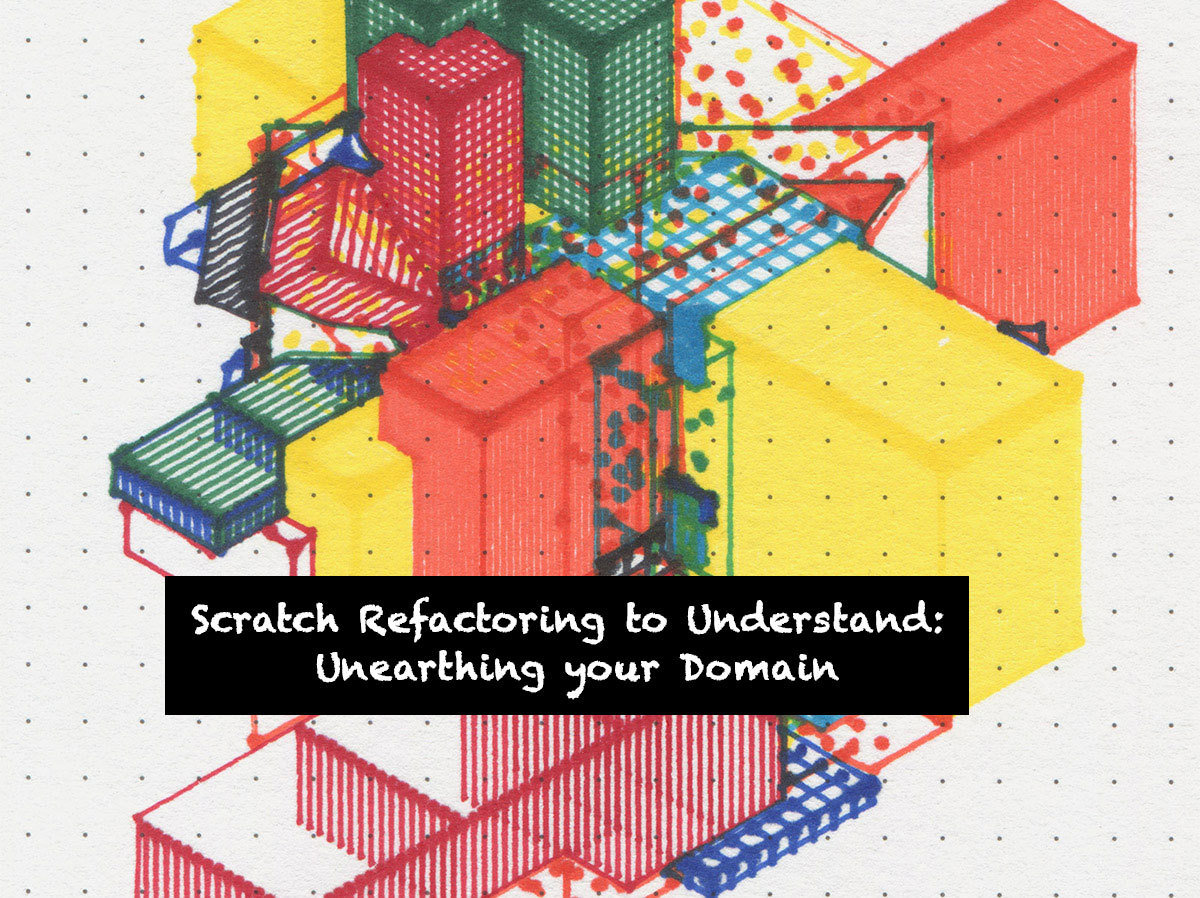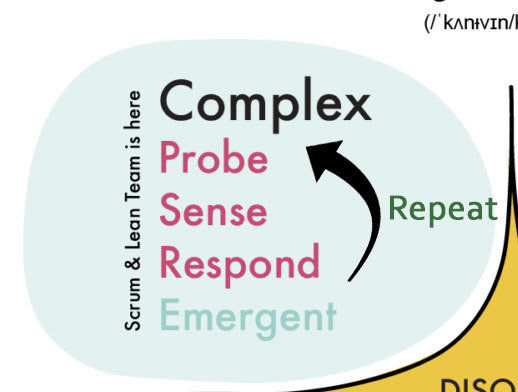Scratching Refactoring: Unearthing your domain
By Barry O' Sullivan
Scratching Refactoring: Unearthing your domain
Have you ever worked with a piece of code and thought "WTH is this thing even doing?!"? Something so messy and convoluted that your brain just gives up? Of course you have; dealing with this kind of code is just part of the job, but it's a part that we don't discuss anywhere near enough. That's why we're holding a workshop on how to deal with this kind of code, via a technique known as Scratch Refactoring. Scratch Refactoring is a way to explore potential designs in messy code. In this workshop we'll explore how it can be applied to unearth domain concepts hidden in your application. We'll discuss practical real world techniques, which we will then apply to code we've brought in ourselves. That's right, we'll try out Scratch Refactoring then and there! DDD practitioners will be on hand to help. Afterwards we'll review our results and discuss what we've discovered.

















